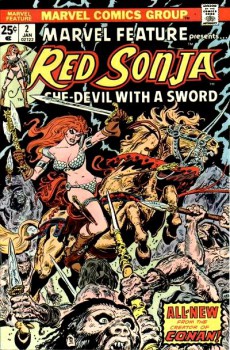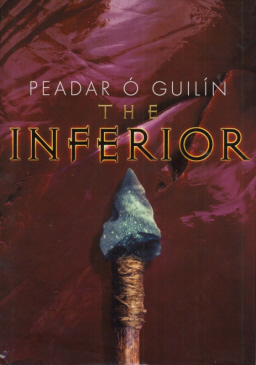Teaching and Fantasy Literature: Escape as Homecoming
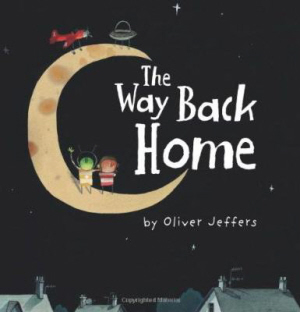 Hurricane Sandy roared and wailed outside our door, shook down trees across the street, pounded our roof so hard my two little sons couldn’t even recognize the sound as rain. “Drum!” insisted my two-year-old. The kids coped fine until the lights went out. Then they panicked.
Hurricane Sandy roared and wailed outside our door, shook down trees across the street, pounded our roof so hard my two little sons couldn’t even recognize the sound as rain. “Drum!” insisted my two-year-old. The kids coped fine until the lights went out. Then they panicked.
Of all the things to fear about a hurricane, darkness is one of the least dangerous. Try telling that to a five-year-old. He can’t wrap his head around why 70 mph winds are worse than wind he’s allowed to play in. He probably could have understood why storm surge is scary if we’d been close to any — fortunately, we’re on high ground and nowhere within sight of a body of water. All the anxiety the boys had detected in the adults around them, all their own anxiety from watching the storm through the windows that day, rushed instantly to compound their longstanding fear of the dark.
As soon as we had flashlights ready to read by, the kids knew exactly which book they wanted. The Way Back Home is the story of a boy and a Martian who get stranded on the Moon and work together to get themselves and their flying machines back where they belong. Before the boy and the Martian find one another, they huddle in the dark, hearing strange noises, fearing the worst. The boy’s flashlight goes out! My sons wanted that page again and again, because that night the idea of losing the flashlight’s comfort was utterly terrifying.
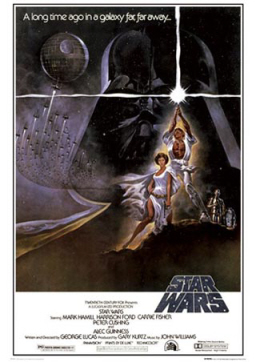
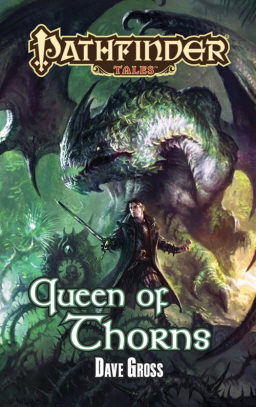
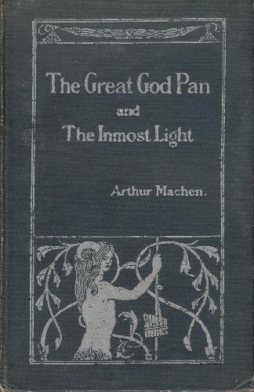 Arthur Machen first published a version of “The Great God Pan” in 1890, in a magazine called The Whirlwind; then revised and extended the tale for its republication as a book in 1894, when it was accompanied by a thematically-similar story called “The Inner Light.” It’s a fascinating work, creating a horrific mood mostly through suggestion and indirection. Nowadays, one looks at it and notes very Victorian attitudes toward women. At the time of its original publication, the story’s implied sexuality caused real scandal.
Arthur Machen first published a version of “The Great God Pan” in 1890, in a magazine called The Whirlwind; then revised and extended the tale for its republication as a book in 1894, when it was accompanied by a thematically-similar story called “The Inner Light.” It’s a fascinating work, creating a horrific mood mostly through suggestion and indirection. Nowadays, one looks at it and notes very Victorian attitudes toward women. At the time of its original publication, the story’s implied sexuality caused real scandal.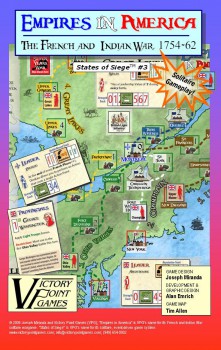 I should probably blame the whole thing on John O’Neill and Eric Knight.
I should probably blame the whole thing on John O’Neill and Eric Knight.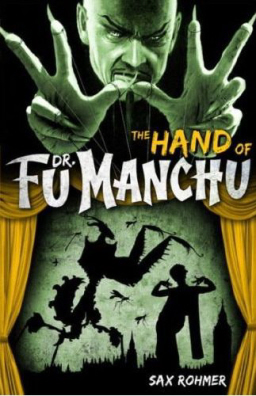
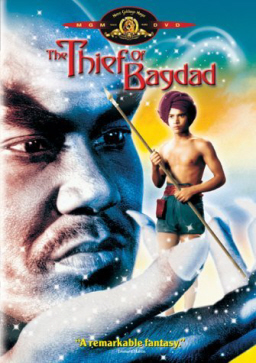
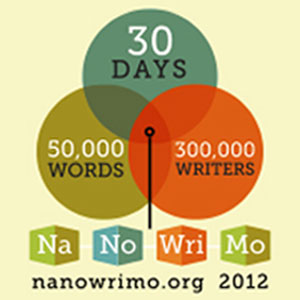 November is almost here, which means for tens of thousands of people spanning the globe the time has come to crunch numbers over thirty days to maximize their ability to write at least fifty thousands words of a novel. It is called National Novel Writing Month (NaNoWriMo), and by this point most of you with any connection to the world of books — whether writing, reading, wholesaling, or propping up the couch — have heard of this social creative writing event. In fact, I expect “NaNoWriMo” and “WriMos” to enter the Oxford American Dictionary within a few years.
November is almost here, which means for tens of thousands of people spanning the globe the time has come to crunch numbers over thirty days to maximize their ability to write at least fifty thousands words of a novel. It is called National Novel Writing Month (NaNoWriMo), and by this point most of you with any connection to the world of books — whether writing, reading, wholesaling, or propping up the couch — have heard of this social creative writing event. In fact, I expect “NaNoWriMo” and “WriMos” to enter the Oxford American Dictionary within a few years.